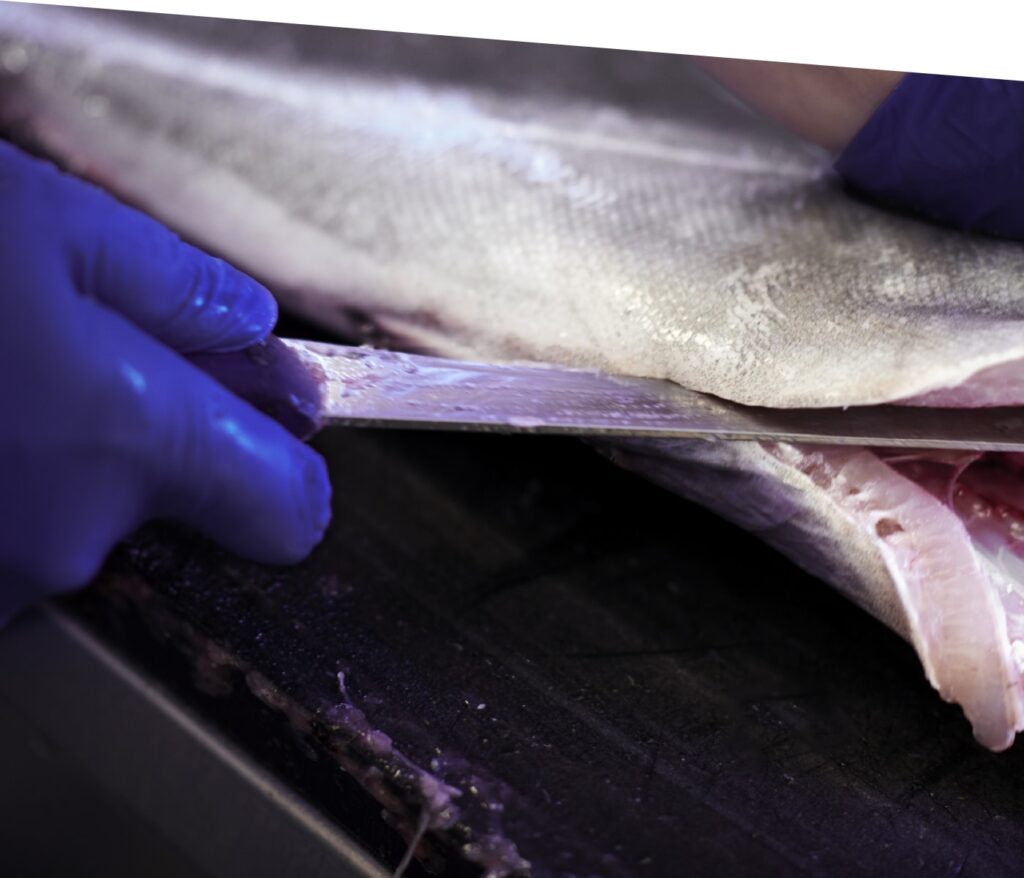In the food sector, operator’s hands hygiene is the main cause of secondary contamination of food. In fact, hands are the most exposed part to external aggressors in the human body and then to contamination. They may transmit to food such contaminations especially of biological origin, associated or not with visible dirt. Hands may also be exposed to chemical contaminants and physical hazards. With regards to the bacterial cutaneous ecosystem of the skin, while the “resident” flora is present in the deeper layers, the “transitory” flora settles in the superficial layer where skin comes in contact with contaminated materials or objects. It is therefore essential, for each operator in the food sector, a proper care of hand hygiene and a commitment in terms of preparation, management, supervision, and verification of procedures in the context of their activities.
Microbiological contamination through the hands
Through the hands, microorganisms of different origin can be transmitted to food. From a quantitative point of view, bacteria (such as salmonella, staphylococcus, and listeria) are mainly responsible for diseases transmitted through food; viruses; fungi and parasites (such as the protozoan Giardia lamblia) are also considered.
Microorganisms on the human body
Microorganism can spread through any contaminated part of the body, especially head, hair, ears, nose or mouth. Touching parts of the body before starting to work, like scratching skin parts when injured, infected or with boils, blowing your nose, going to the toilet, etc., are all acts that may lead to significant contamination of our hands. Microorganisms can also pass through handkerchiefs and toilet paper. Cases of patches applied to wounds on hands when not impermeable and protected, must also be considered, representing an accumulation point of dirt and bacterial multiplication, as well as a possible “foreign body” (patches have been reported found in food products). We also do not have to underestimate the act of eating and smoking, due to the contact between hands and mouth or the act of phoning for the contact between hands and ears or hair.
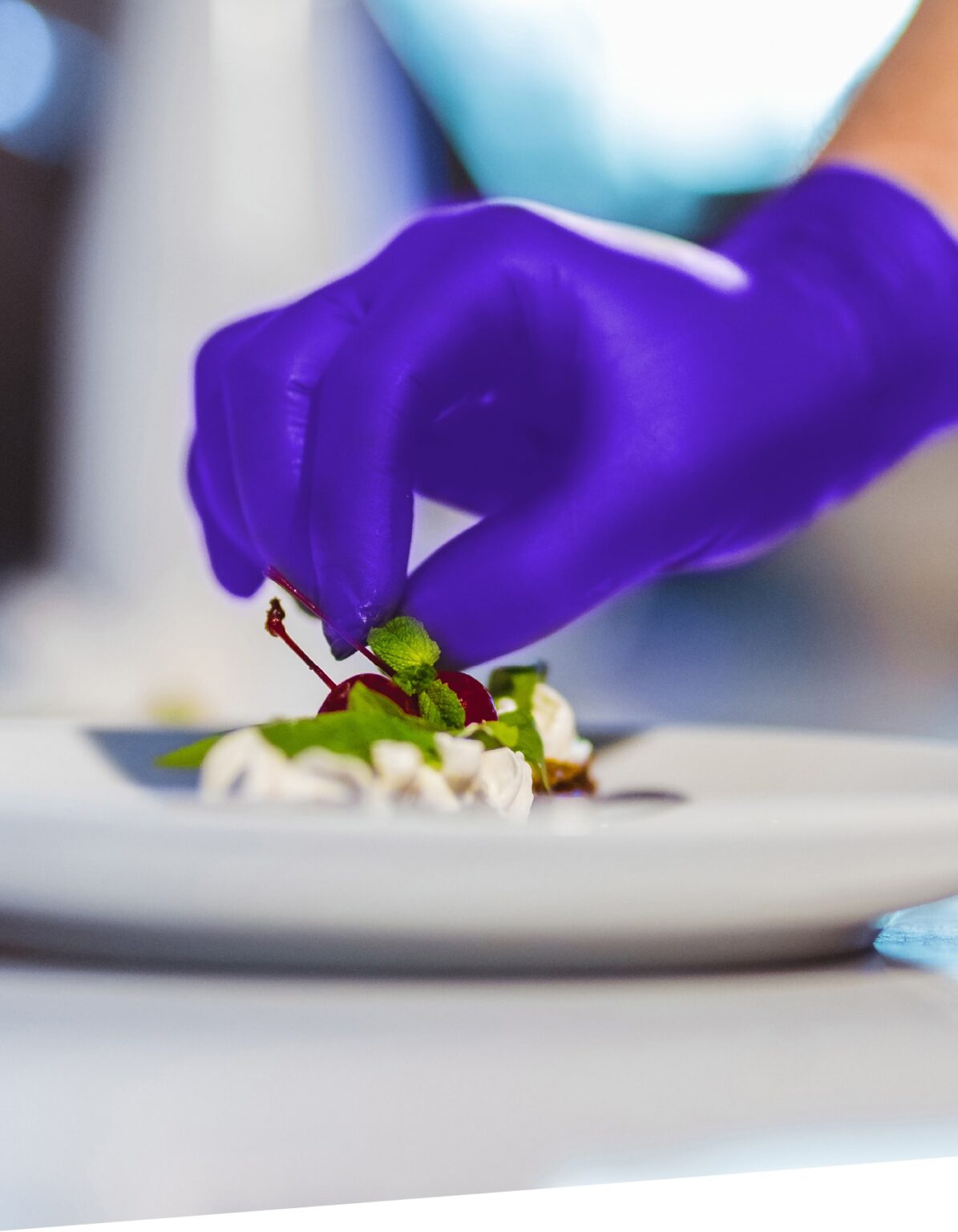
Microorganisms in the farm environment
In the farm environment we may havecontamination in many cases, for exampleduring cleaning and waste collectionoperations, going to rooms with a lowerhygiene standard (cellars, warehouses),or through the contact with contaminatedsurfaces such as taps, sinks or doorhandles.Repeated hands cleaning or drying ontowels or aprons can be a source ofrecontamination too, as on these objectsthe microorganisms survive and multiply to return on the hands next time we will use them. It is also important to consider hands contamination for money handling: coins and banknotes come from the outside handled by many people.A study conducted in the United Kingdom in 2011 highlighted how bacterial contamination in 92% of cases is due to the use of mobile phones: in 16% of cases, the bacteria found was Escherichia Coli.The reason seems to be the inadequate hands washing after using the bathroom that leads to a contamination of telephones, rings, bracelets or watches, where dirt and microorganisms are difficult to eliminate because of their irregular surfaces.
Microorganisms transmitted from one food product to another
Hands can cause indirect cross contamination between two or more food products. Touching dirty or contaminated food (for example fresh fruit and vegetables, eggs, poultry, fish, molluscs orsimilar) and subsequently, a cooked food ready to be consumed, is a very risky practice from the hygienic point of view. This kind of contamination is also possible touching objects repeatedly during theworkday.
Prevention
Looking at the different reasons of contaminations, which include the transmission of pathogens by hands, it is intuitively clear that the solution is in the primary prevention. It involves changesin employees’ behaviour and in the procedures that must be implemented to guarantee food safety, in order to be part of a most comprehensive system of self-control.
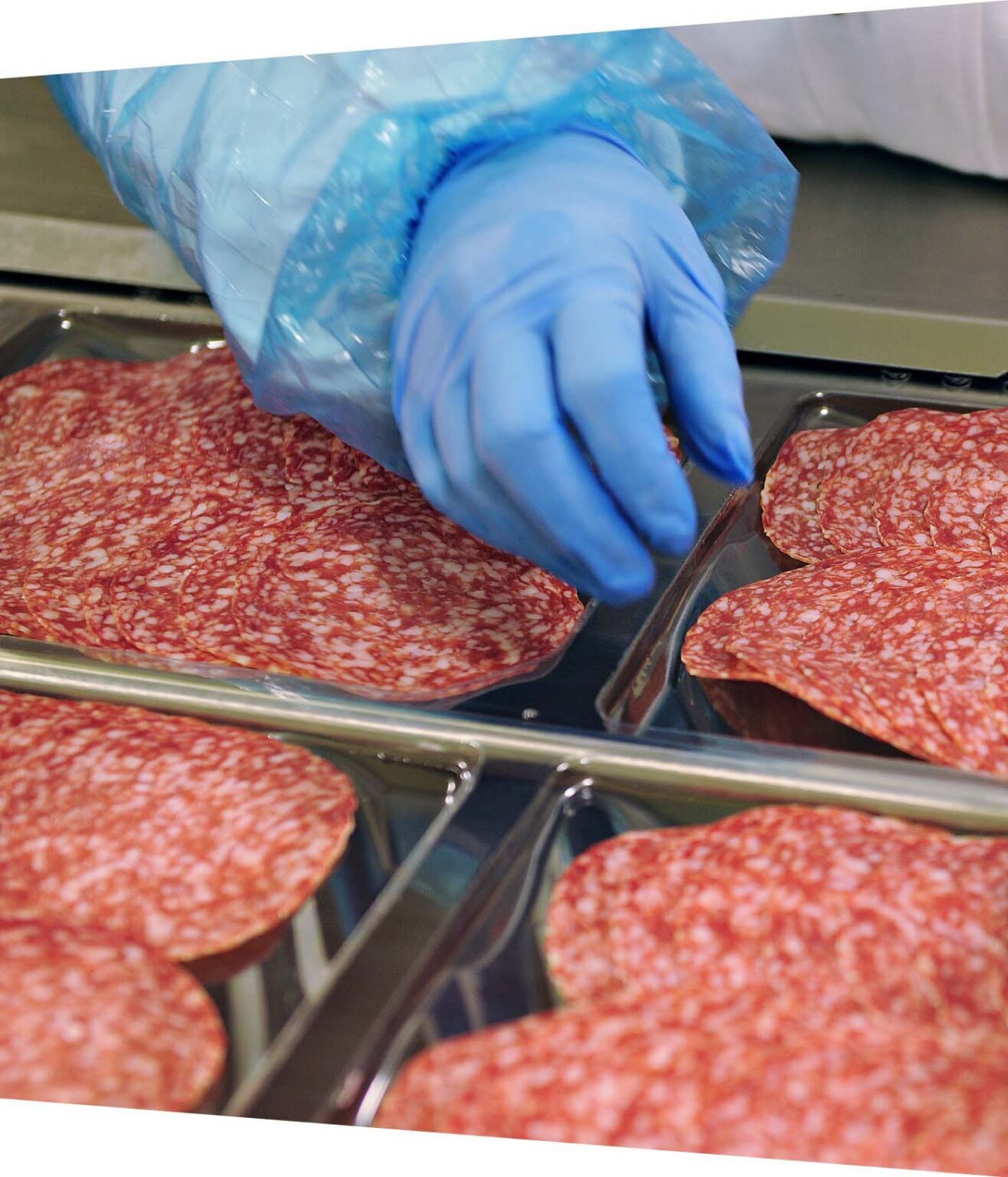
Chemical contamination through the hands
Hands can transmit chemical contaminants to foods, although this is not so common. Chemical contaminants, depending on theirnature and quantity, can cause poisoning or intoxication among consumers, or simply give bad odors and tastes to the food. There are multiple reasons for the chemical contamination of food by hands: for example using chemical substances like detergents or disinfectants; using substances for the maintenance of equipment and machinery (lubricants, solvents, etc.) or even using nail polishthat may chip and tiny pieces end up in food.
General Personal Hygiene
Operators working in the food sector must follow a correct behavior of hygiene both in the workplace and in the private life, taking care of their personal hygiene. In fact, it is clear how contaminants from the outside and from one’s own body can infect the food.The Regulation (CE) n. 852/2004, in the attachment II, Ch. VIII (Personal Hygiene), states that “every person working in foodprocessing rooms must maintain a high standard of personal cleanliness and wear appropriate, clean and, when necessary,protective clothing”. The article 42 of Presidential Decree no. 327/1980 states that “the worker must take care of the cleaning of his own person and in particular of his hands and must perform his work in a hygienically correct way”. Before entering the factory, the operator must take care of his personal hygiene, with a completewashing of his body and changing his clothes whenever a highly contaminating activity is carried out (e.g. agricultural,zootechnical, slaughtering of animals, environmental cleaning, waste treatment, etc.). In particular, hands must always be washed carefully.
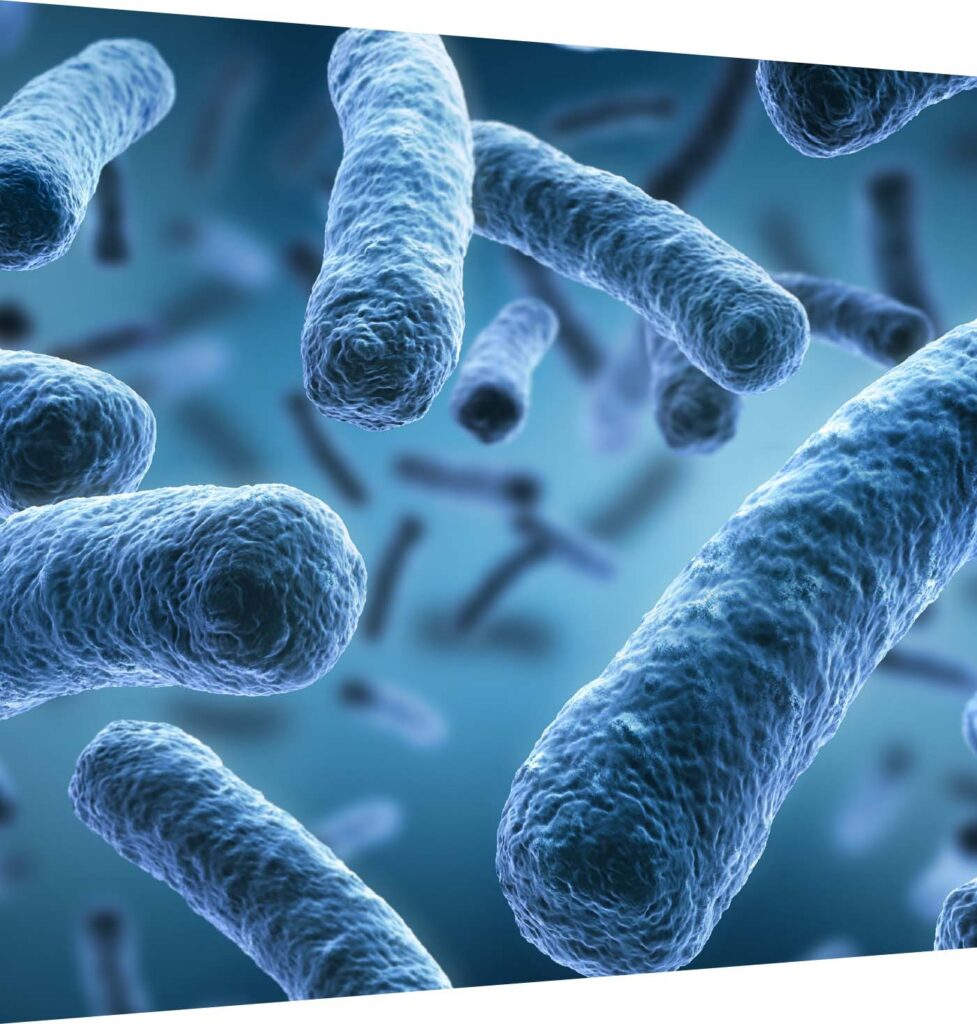
Nail care
The maintenance of short and clean nails, without nail polish, is a good hygienic practice, as reported by the Organizations of food business operators in theirs manuals submitted to the approval of the Ministry of Health. Long nails constitute a receptacle of organic material and microorganisms; they are also difficult towash, especially considering the tight times during food handling operations. As we have seen, nail polish used by many employees, can detach itself into small pieces and fall into food to be theningested by the consumer, constituting at the same time a physical danger (foreign body) and a chemical hazard.Long nails make the gloves difficult to use correctly, increasing the risk of breaking them and making objects difficult to grip.
Therefore the maintenance of long nails, natural or artificial, is against universally recognized principles of conduct for the guarantee of food safety.
Hands washing
Temporary skin flora can be removed from the hands, rubbing them together with soap and water. Hands must be washed: everytime there is a switch from a dirty process to a cleaner one (e.g. from handling eggs or raw food, to cooked food products ready forconsumption); during cleaning or removal of waste operations; every time the operator goes to the bathroom; after blowing your nose or coughing, bringing your hand to your mouth; after every contact, even accidentally, with parts of the body not protected with clean work clothing (nose, mouth, ears, head and hairs); after shaking your hand with people in the sales area; after maintenance, cleaning, handling of boxes or other materials.Hands washing methods, reported in the so-called “social washing” adopted in the care sector, can be the following: elimination of any evident dirt using disposable paper; wetting the hands withwarm water (37°C); soaping with warm water and liquid soap (3-5 ml), rubbing for at least 30 seconds in each part (in the palms, in the back, between the fingers); possible use of a brush to cleanunderneath the nails; generous rinsing, always with warm water.The operation is always repeated when dirt is particularly difficult to remove, or when it is considered that the contamination, although dirt is not visible, has been particularly important and dangerous.Antiseptic washing is almost never necessary in the food sector, but it can be carried out in specific cases (according to risk assessment) using antiseptic solutions. A normal washing with antibacterial soapgives already good results.
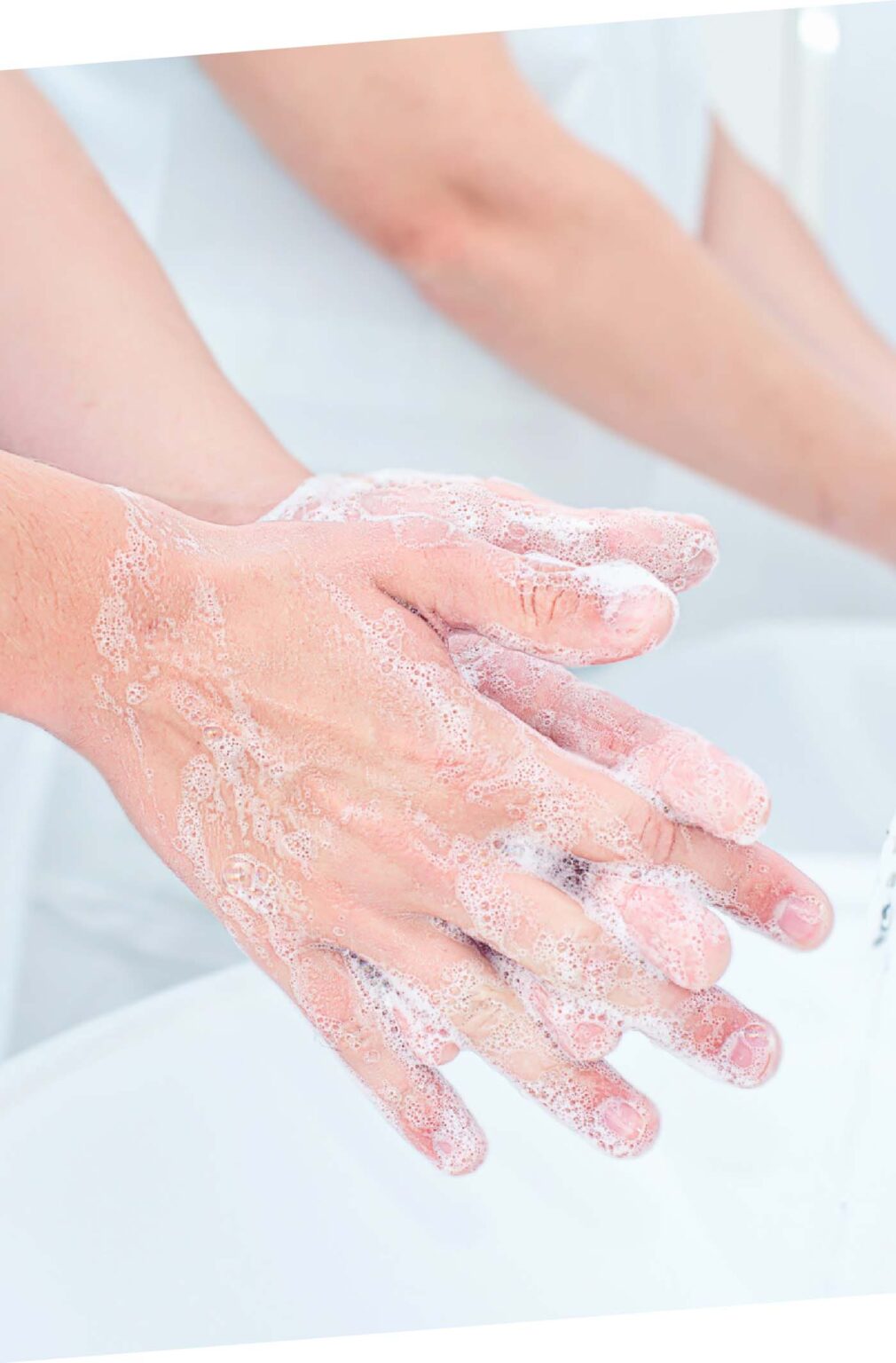
The use of gloves
The use of disposable gloves is not always a solution to any hygienic problem, since adequate hand hygiene is always necessary.Furthermore, the gloves must be used with extreme care.They should be changed often, relating to the activities carried out and as soon as we notice any cut or hole. However, goodhandwashing is always necessary to prevent a possible incorrect useof gloves. The use of gloves is advisable in particularly hazardous operations from the hygienic point of view, such as the preparation of doughs, raw minced meat, etc. With reference to the destination offood (school canteens, hospitals, health care centers for the elderly, etc.) gloves prevent the contamination of the food, for example in case of handling food and money at the same time or in case ofpresence of injuries on the hands isolating them with the gloves on.
The selection of gloves
Disposable rubber latex gloves break easily in the presence of long nails and rings, which however are not allowed. A little more resistant and less elastic are vinyl gloves, used in case of allergy to latex, only for cleaning and not for food contact, since they contain phthalates. Nitrile gloves are also suitable for people allergic to latexand have excellent fit, more resistant than latex and vinyl ones, are suitable for food contact. Latex thicker and sturdy gloves, can be used for repeated washing and cleaning operations, but not when both a high hygienic standard and a good grip capacity must be guaranteed. Latex gloves have more thickness and strength, can be used for repeated washing and cleaning, but not for operations in which it is necessary to ensure both a high standard of hygiene and a good grip capacity.
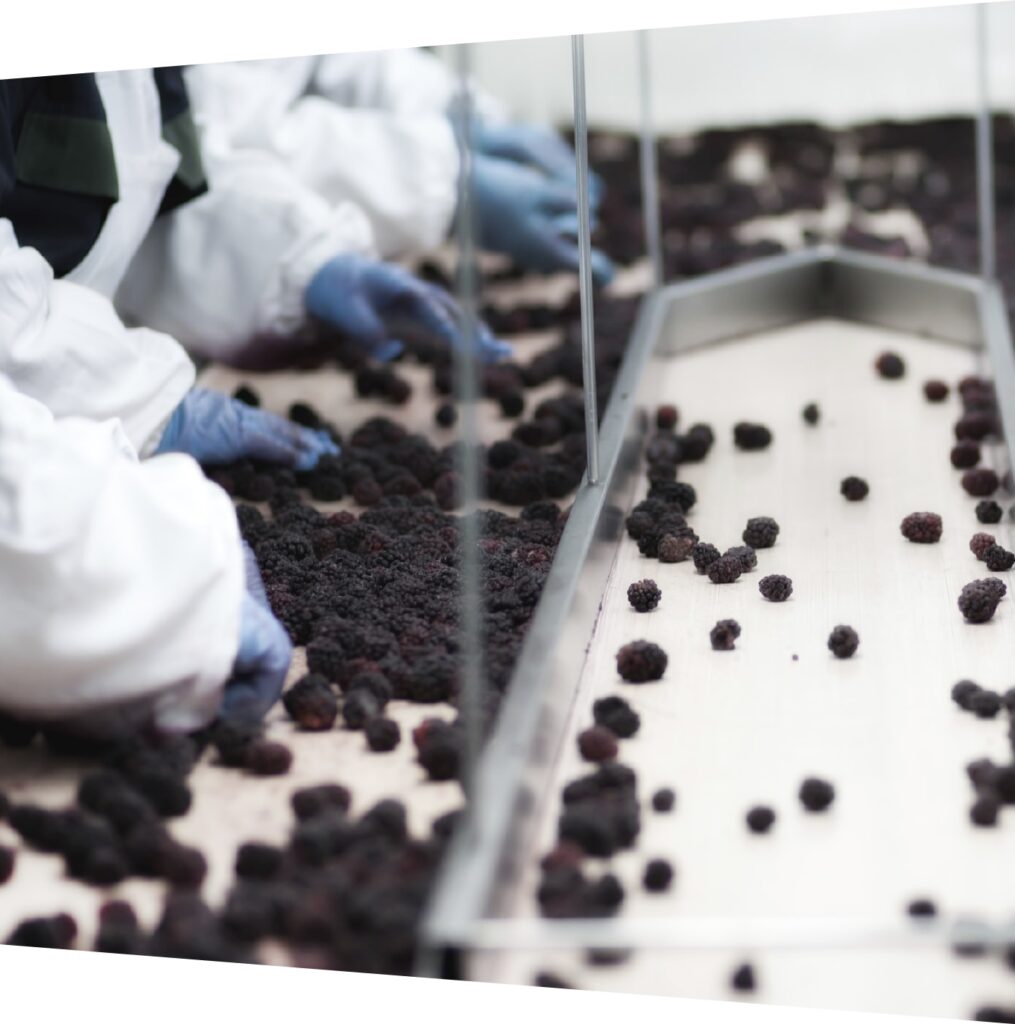
Sanctions
The assessment by the competent authority of inadequacies (less serious deficiencies of the actual non-compliance) in the behavior of personnel, in relation for example to the correct washingprocedures and more generally hand hygiene, adequate use of gloves, staff training, etc., may give rise, pursuant to art. 54 of Regulation (EC) no. 882/2004 and of the art. 6, paragraph 7, of Legislative Decree n. 193/2007, to a provision of prescription, with assignment to the OAS (food business operator) of a congruousadjustment deadline.Only in the case of non-compliance verified after this deadline there will be the pecuniary administrative sanction of the payment of a sum from € 1,000.00 to € 6,000.00.
Conclusions
As we have seen, it is essential paying a high level of attention to hands hygiene and more generally to personal hygiene,overcoming a state of underestimation by many food producers due to poor or inadequate training. In fact, training should go beyond the mere transmission of knowledge and pursue the objective of making full awareness of the hygienic risk connected to the operations performed, modifying the employees behaviour.
